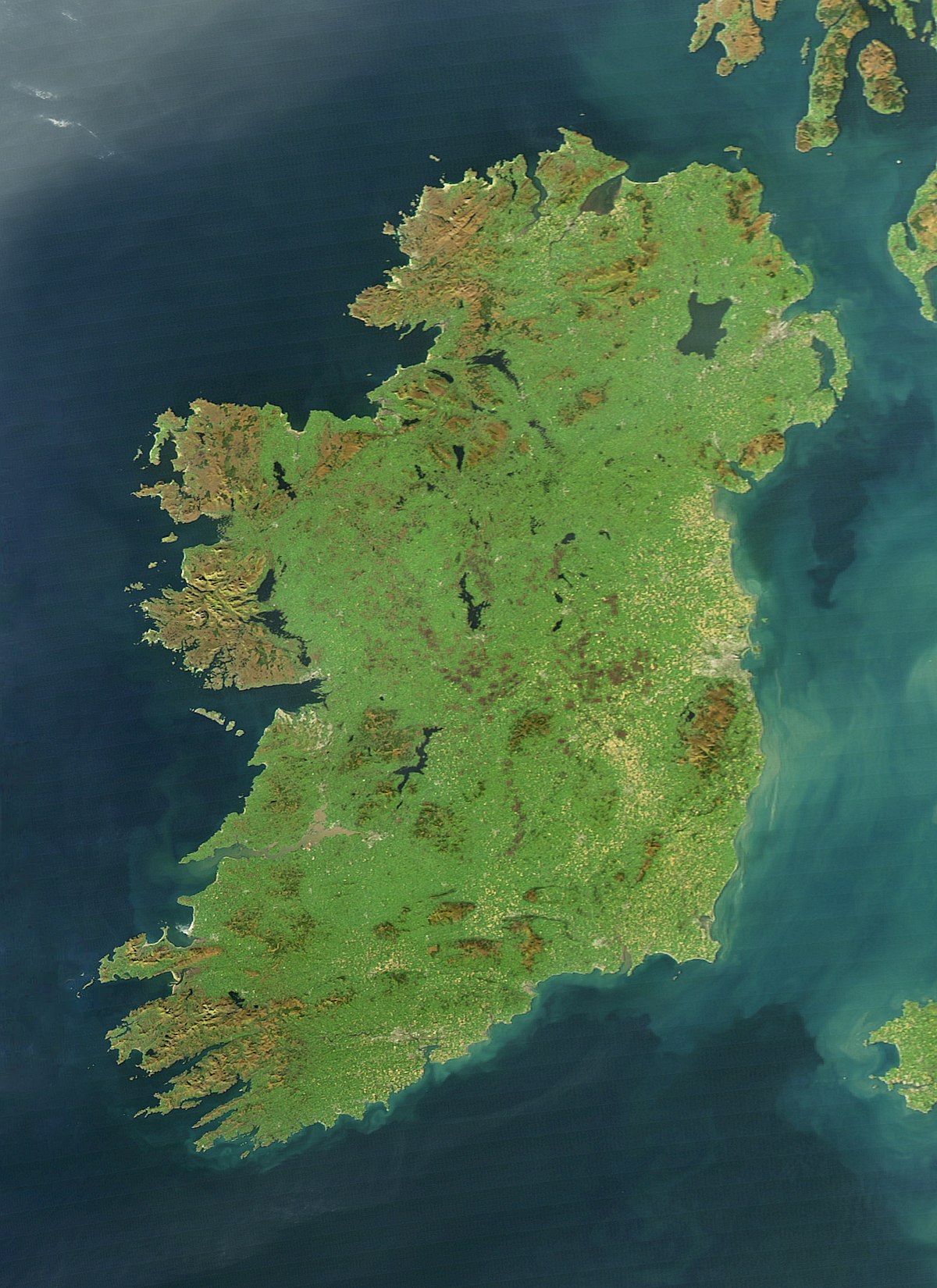Finance & Climate Information
Climate Finance
Climate, finance and tech lovers!
Latest
Directly from The Latest Blog Posts
-

20 Jul, 2024
How hot is Ireland during summer
Ireland, known for its temperate maritime climate, experiences relatively mild summers compared to many other parts of Europe. The summer season, which spans from June to August, typically brings warmer temperatures and longer daylight hours, making it a pleasant time to explore the scenic landscapes and enjoy outdoor activities. However, temperatures can vary, and it’s essential to be prepared for the occasional heatwave. Read More -

29 Jul, 2024
Best Financial Move For Your Business (Opinion)
In the fast-paced world of business, making strategic financial decisions is crucial to ensure growth and sustainability. One of the most impactful investments you can make is in marketing and search engine optimization (SEO). Read More -
.jpeg)
18 Jan, 2025
Charleville Buried Under Snow - A Look at the Recent Storm and How to Prepare for Future Winter Weather
In mid-January 2025, Charleville, County Cork, was hit by one of the most severe snowstorms in recent memory. Snowfall reached extraordinary depths, with accumulations up to people’s knees—approximately 14 inches in some areas. Read More

